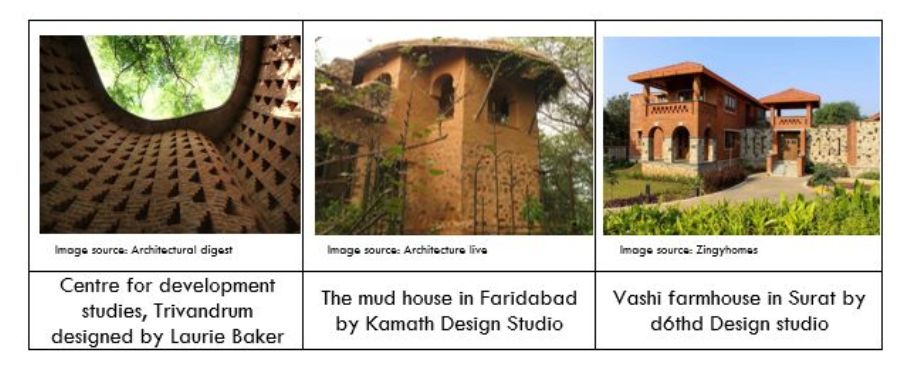 Anuj Puri, Chairman – ANAROCK Property Consultants
Anuj Puri, Chairman – ANAROCK Property Consultants
Technology has disrupted almost every facet of the real estate business today. However, the creation of the core product is and will remain the most important aspect of this business, and advanced technologies are certainly playing a major role there.
By adopting innovative technologies like automation in construction, innovative designs, sustainability, use of prefabricated material and online marketing, developers can value-engineer their product.
Let’s look at some of the existing and upcoming technology disruptions in real estate construction.
-
3D Printing
Among the many new technologies already adopted by the construction sector, 3D Printing (large-scale printing of homes) is anticipated to change the way real estate is built over the next decade.
Though still very nascent, 3D Printing can potentially replace a substantial amount of construction across major segments, including residential, commercial or even retail.
This will be a massive paradigm shift in real estate development. Apart from seriously reducing waste, cost and labour requirements, 3D printing will help builders penetrate the hitherto inaccessible areas of dense urban centres,

 Santhosh Kumar, Vice Chairman –
Santhosh Kumar, Vice Chairman – 

 Anuj Puri, Chairman –
Anuj Puri, Chairman –